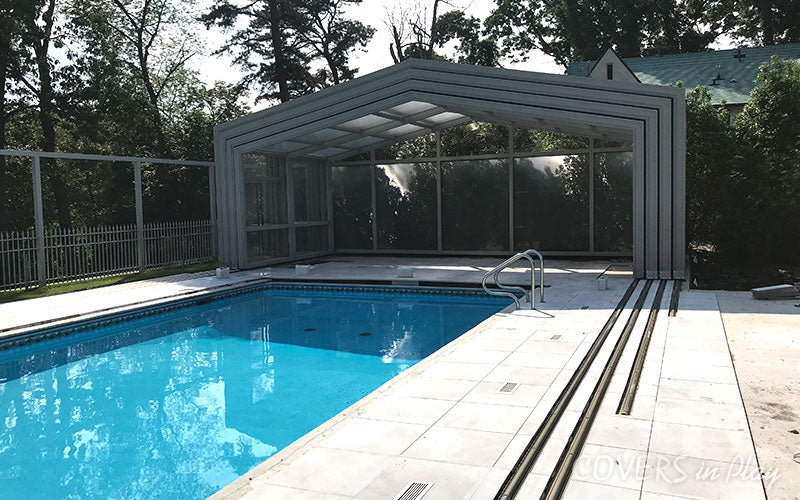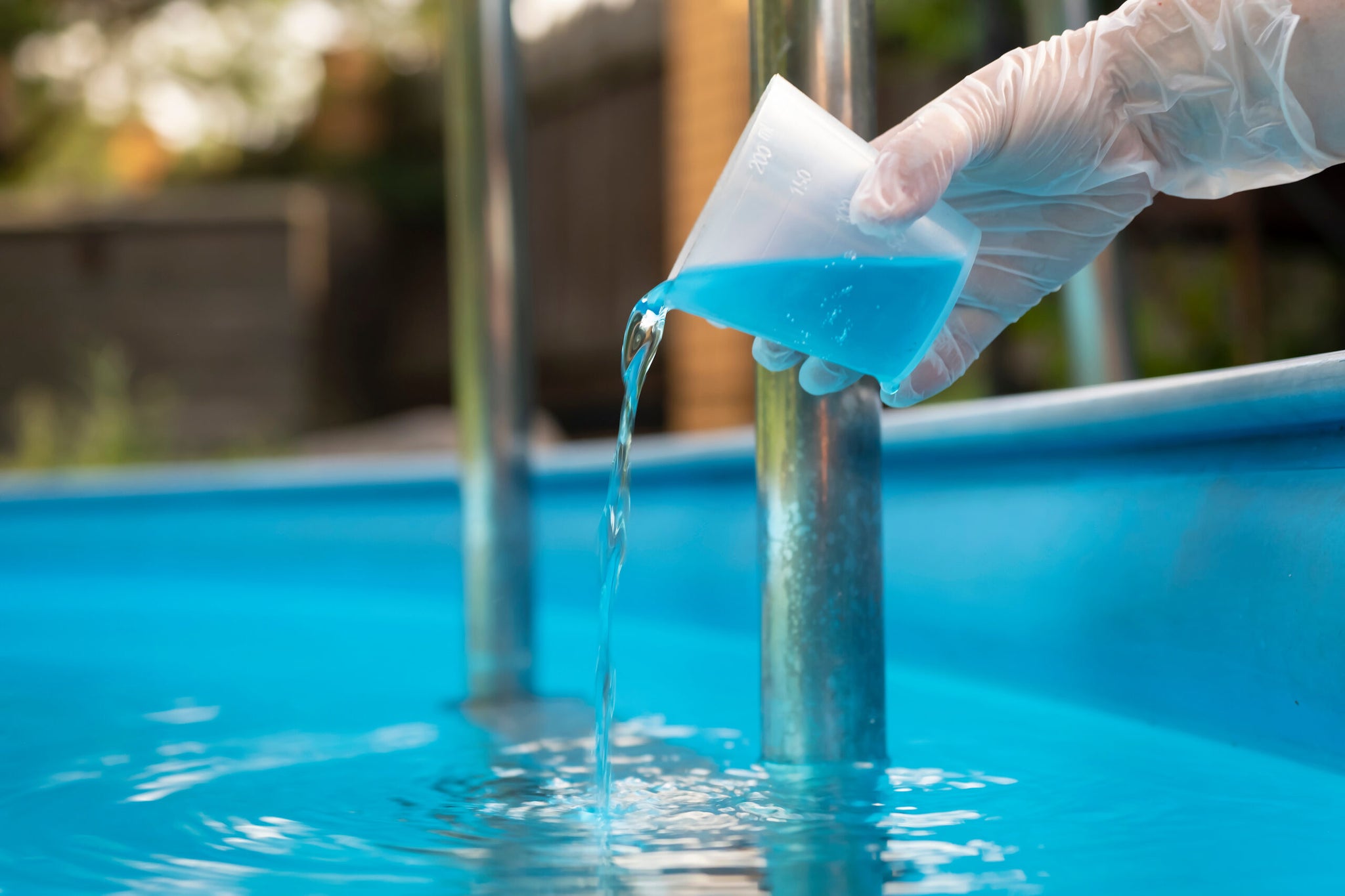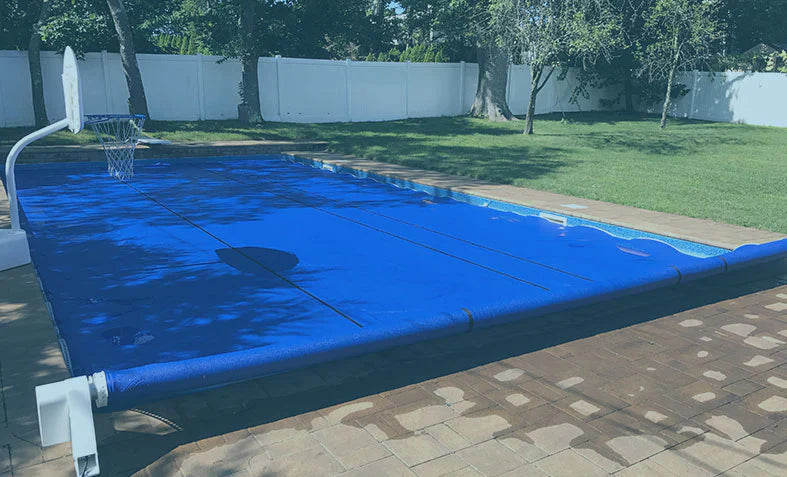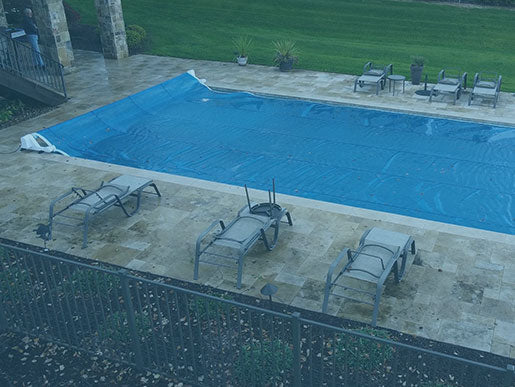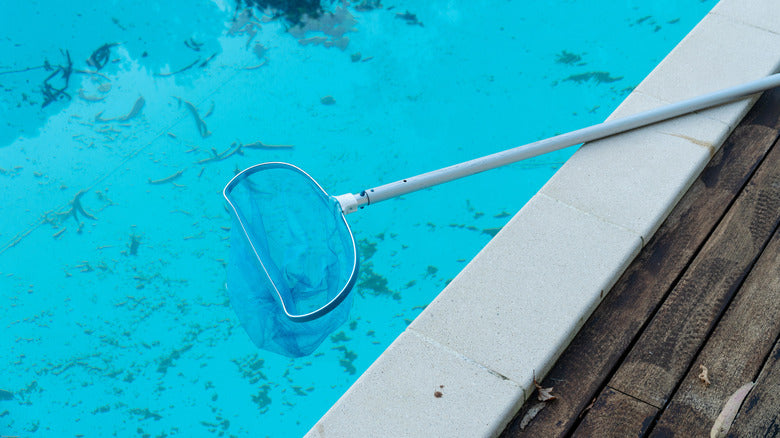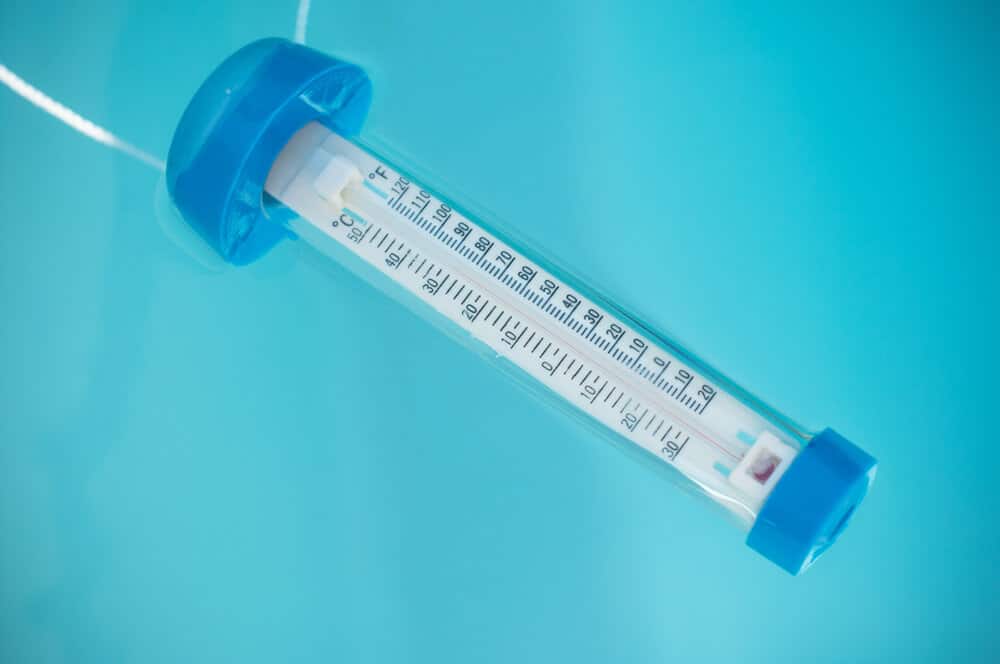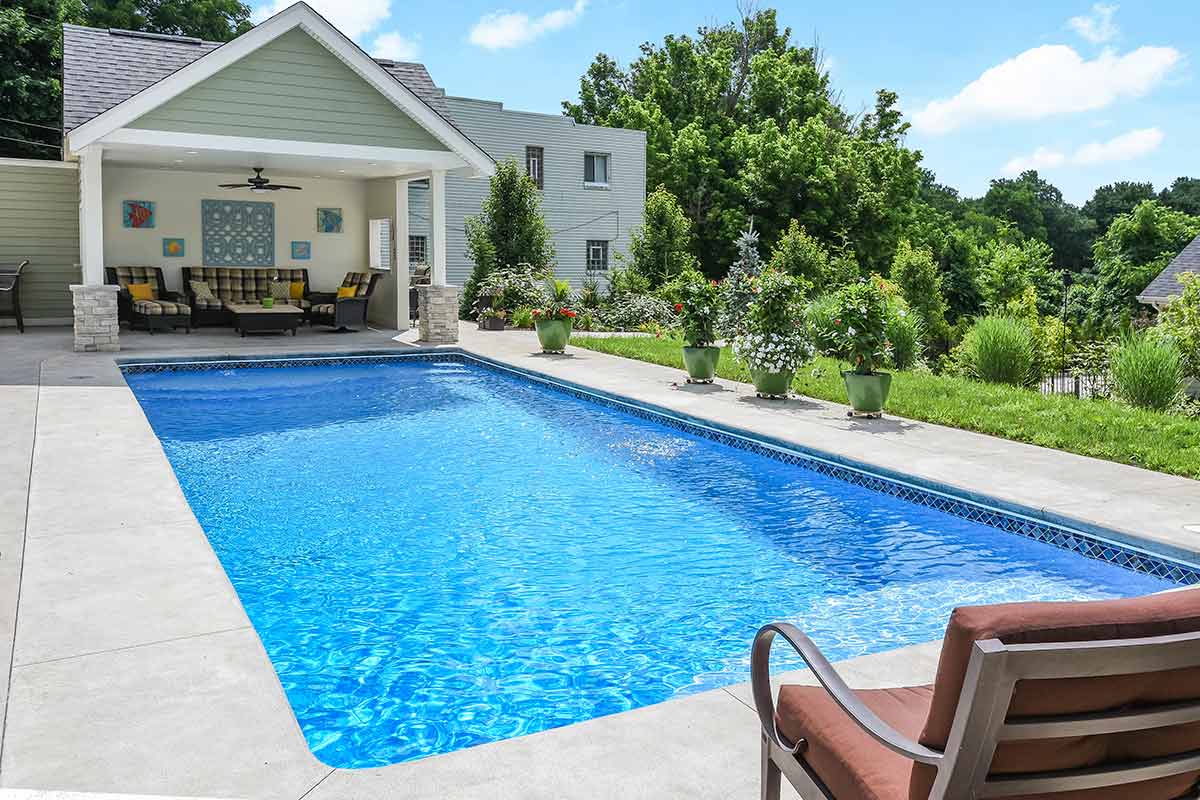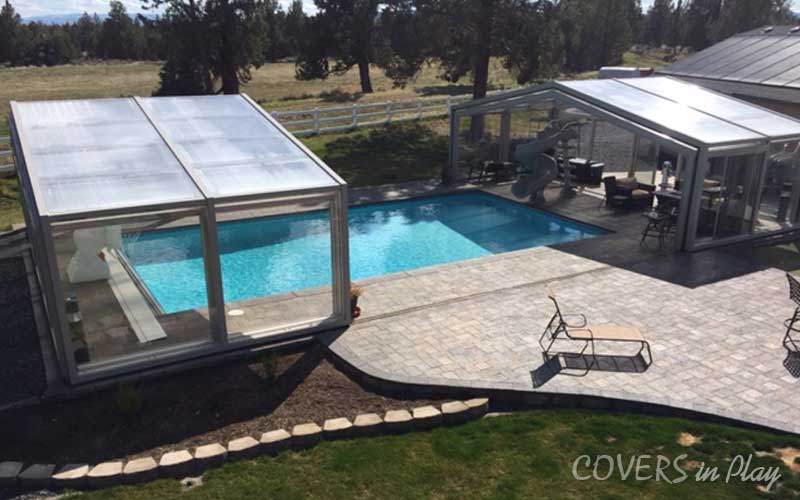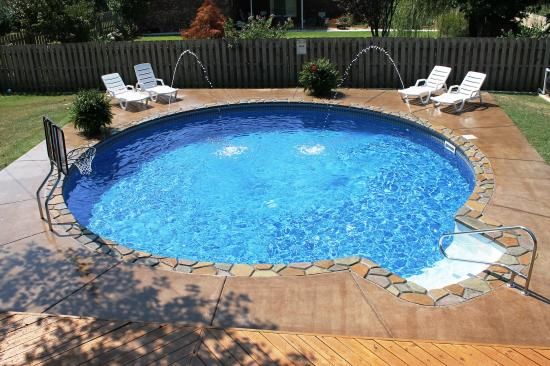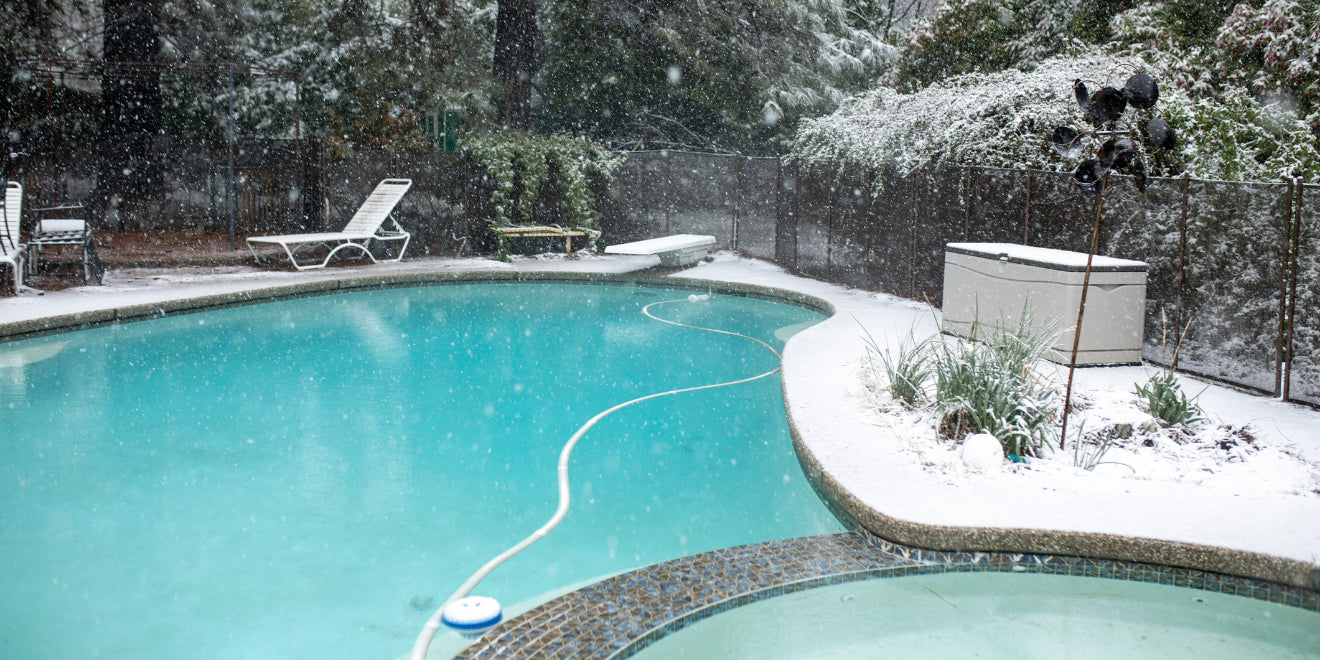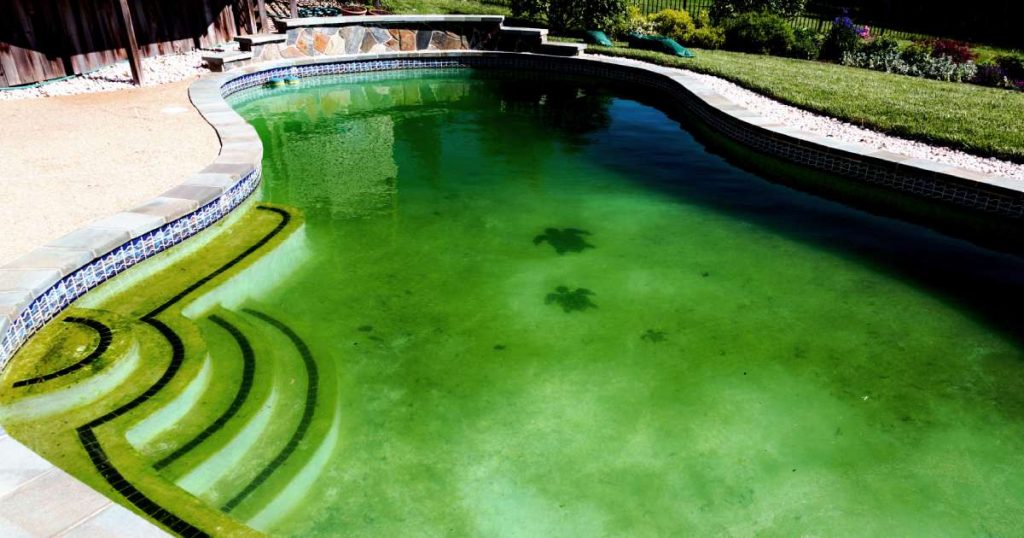
Removing Algae in Your Salt Water Pool
If you own a salt water pool, you probably know how big of a problem algae growth can be. Once these organisms contaminate the pool, they can grow and spread quickly. Both chlorinated and salt water pools need proper water chemistry levels in order to prevent algae growth. On the other hand, if algae are already present in your pool, there are still some measures you can take to remove them.
How Algae Grow in Salt Water Pools
A small, single-celled organism, an alga is a type of plant that uses the process of photosynthesis to grow and thrive. The wind, rain, and even contaminated swimsuits can carry algae spores into your pool. It is worth noting that algae will not survive in your salt water pool if it is chemically balanced. On the other hand, if the water is left unattended, algae can grow and spread quickly.
Your salt water pool may encounter various problems if there is an active algae bloom in it. While algae itself is not dangerous to swimmers, it can harbor harmful bacteria like e. coli. Moreover, overgrowth of these organisms can clog your pool filter, causing more maintenance headache. Since algae growth can make pool stairway and floor slippery, it can also cause accidents. They can make the stairways and floors slippery. You might end up dealing with painful bumps, bruises, scrapes, and other injuries.
Types of Algae in Salt Water Pools
Here are some of the common types of algae that infest salt water pools:
Green Algae
While green algae are endemic in salt water pools, they are the easiest to kill. Green algae tend to grow during summers when the temperatures can get high. They float freely in the pool, making the water green. You might even see them growing on the bottom of the pool, on the walls, or in the crevices. When pool water is left untreated and stagnant, green algae can drastically reduce water clarity.
Mustard Algae
Also known as yellow algae, mustard algae are often mistaken as dirt or stains lying on the bottom of the pool. Since these organisms are chlorine-resistant, it can be challenging to get rid of them. Thankfully, there are products specifically designed to kill yellow algae. They can even prevent the organisms from sprouting in the future.
Black Algae
One of the most difficult types of algae to get rid of is black algae. After all, they have the ability to fight sanitizers. While they rarely contaminate salt water pools, when they do, they can create small black patches in the corners and on the walls of the pools. They may even grow along the grout lines of your pool.
Pink Algae
When you see pink algae on your pool walls, they would look like rust buildup. They tend to form in smooth areas that are not often brushed or vacuumed.
How to Remove Algae from Your Salt Water Pool
Unfortunately, you cannot use regular cleaning processes to remove algae from your salt water pool. You need to readjust the water’s chemical balance. It is true that salt water pools do not use chlorine the same way as regular, chlorinated pools. However, you can still use the same strategy in adjusting the chlorine levels. Here are the steps:
First Step: Remove the Algae
Take your pool brush and scrape off the algae growth in your pool. Remember that this step won’t completely remove the algae or keep it from spreading. However, this procedure will let the algae float in the water, allowing the chemicals to eradicate them effectively.
Second Step: Ensure the Right pH Level
Make sure that the pH level of your pool water is between 7.4 to 7.6. Meanwhile, the alkalinity should be between 120 and 150 ppm. You can adjust the chemicals to achieve the ideal levels. This step won’t kill the algae, but it will aid in making the next procedure effective.

Third Step: Shock the Water
Kill the algae chemically by using chlorine shock. Perform this procedure during night time, then leave the pool filter running until morning. Follow the instructions on the packaging to know how much chemicals you need to add.
Fourth Step: Vacuum the Pool
Once you notice that the pool water has become cloudy blue, you can test it to know if the chemicals are balanced properly. Eventually, the dead algae will settle on the bottom of the pool. The filter will get rid of them, but the cleaning process will be faster if you use a pool vacuum.
Fifth Step: Decontaminate the Filter
If the pool water has become clear, you can remove the filter. Disassemble it and clean the internal components thoroughly. Make sure that no dead algae are left.
It can be tedious and time-consuming to eradicate algae in your salt water pool. Keep in mind that these organisms feed on debris and dirt. So, we recommend that you install a pool cover to prevent them from thriving. If you’re worried about the hassle of covering and uncovering your pool, give us a call and order our automatic pool reel. With a push of a button, you will be able to draw in and draw out the cover. Needless to say, you won’t give algae the opportunity to spread and thrive.
